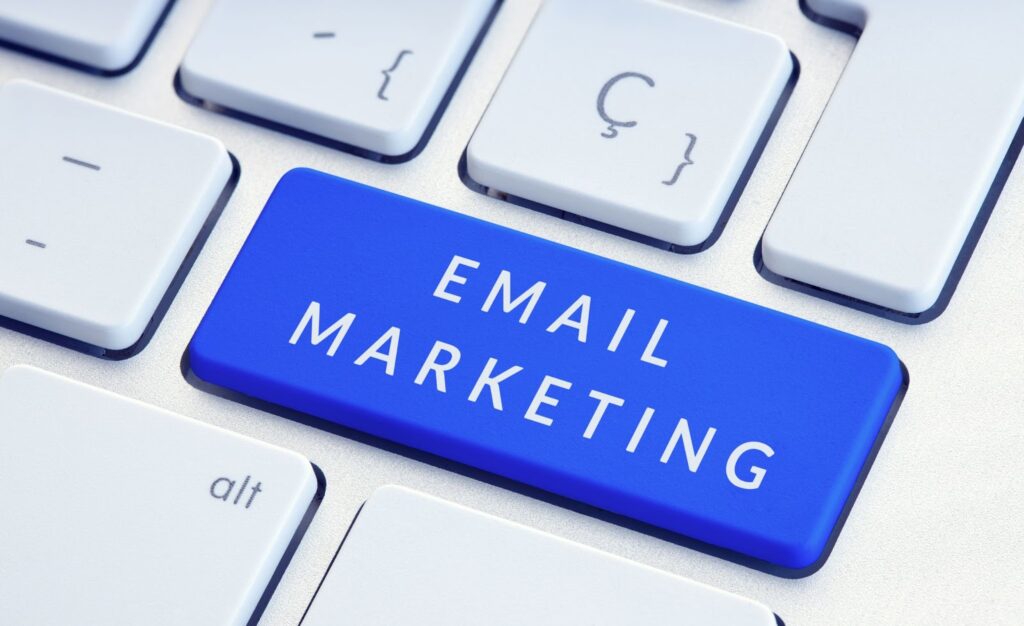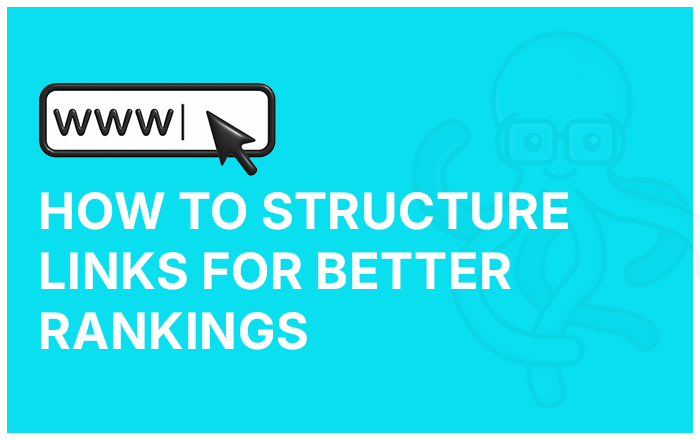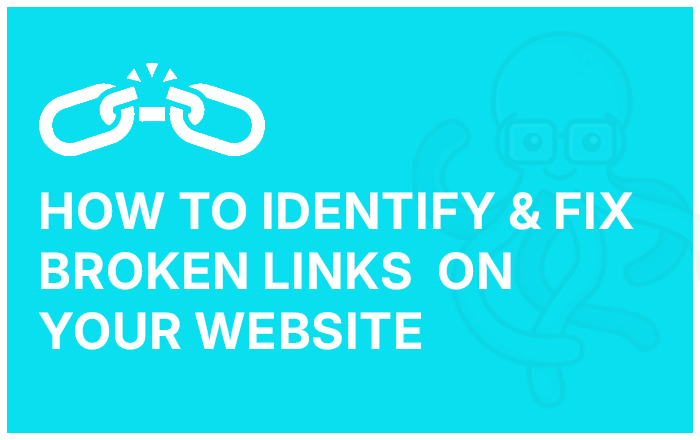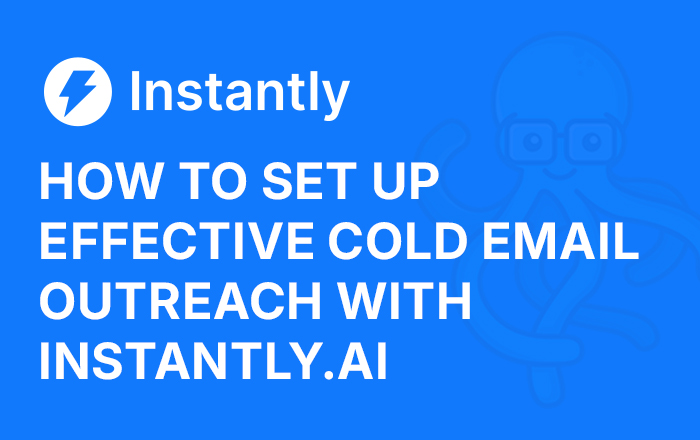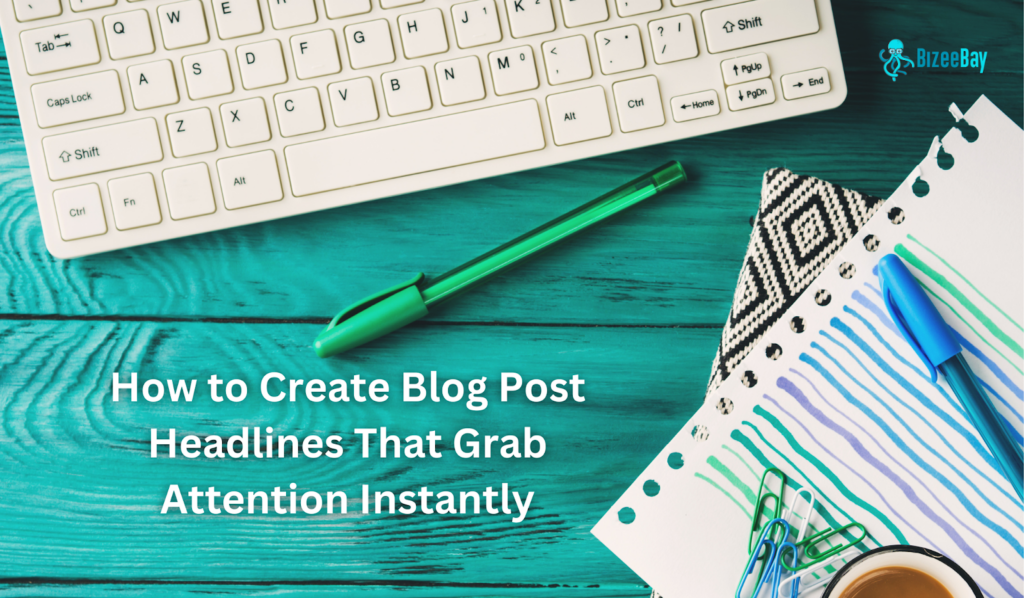Email marketing is one of the most powerful digital marketing strategies for businesses of all sizes. Whether you’re an entrepreneur, a startup, or a growing company, email marketing can help you build relationships, generate leads, and drive sales.
At Bizeebay, we specialize in helping businesses streamline their marketing efforts and grow their brand efficiently. If you’re new to email marketing, this beginner-friendly guide will walk you through the fundamentals of setting up and optimizing your email campaigns.
Why Email Marketing Matters
Before diving into the how-to, let’s talk about why email marketing should be a core part of your marketing strategy. Here are some compelling reasons:
- Email Marketing: offers a high return, averaging $36 in revenue for every $1 invested.
- Direct and Personal: Unlike social media, emails land directly in your subscriber’s inbox, ensuring greater visibility.
- Automation and Scalability: You can automate emails, saving time while reaching a wider audience.
- Builds Customer Relationships: Helps nurture leads and maintain strong engagement.
At Bizeebay, we understand the importance of ROI-driven email marketing. That’s why we help businesses optimize their outreach strategies for maximum conversions.
Step 1: Setting Your Email Marketing Goals
Like any marketing effort, having clear goals is essential. Here are some common objectives for email marketing:
| Goal | Description |
| Increase Sales | Send promotional offers, discounts, and product recommendations. |
| Brand Awareness | Keep your audience informed about your business and services. |
| Lead Generation | Convert website visitors into leads through sign-ups and lead magnets. |
| Customer Engagement | Share valuable content such as blogs, case studies, or newsletters. |
Before you start, decide which of these goals align with your business needs.
Step 2: Building Your Email List
A quality email list is crucial for success. Here’s how to grow your list organically:
1. Create a Sign-Up Form
Add sign-up forms to your website, landing pages, and blog articles. Offer an incentive to encourage subscriptions.
2. Offer a Lead Magnet
A lead magnet is a free resource that you provide in exchange for an email address. Examples include:
- Free eBooks or PDFs
- Discount codes
- Exclusive webinars
3. Use Social Media
Promote your email list on Instagram, Facebook, LinkedIn, and Twitter. Include a sign-up link in your bio and posts.
4. Leverage Website Pop-Ups
Implement exit-intent pop-ups that trigger when visitors are about to navigate away from your site. Offer a discount or freebie in exchange for their email.
Step 3: Choosing an Email Marketing Platform
There are many email marketing tools, but choosing the right one depends on your needs and budget. Here are some popular platforms:
Platforms:
- Instantly.ai: Cold email outreach & automation
- Mailchimp: Small businesses & startups
- ConvertKit: Creators & bloggers
- ActiveCampaign: Advanced automation
Bizeebay Recommendation: If you’re doing high-volume outreach, Instantly.ai is a great tool to automate email campaigns effectively.
Step 4: Setting Up Your Email Campaign
1. Define Your Audience
Segment your email list based on factors like:
- Demographics (age, location, interests)
- Behavior (previous purchases, engagement levels)
- New vs. returning customers
2. Write a Compelling Subject Line
The subject line plays a key role in whether your email gets opened or ignored. Keep it short, engaging, and personalized. Examples:
- “John, here’s a special gift just for you!”
- “Boost your sales with this simple strategy!”
3. Design Mobile-Responsive Emails
Since over 60% of emails are opened on mobile devices, use responsive email templates to ensure readability.
4. Include a Strong CTA (Call-to-Action)
Every email should have a clear CTA that directs readers to take action, such as:
- Shop Now
- Download Free Guide
- Register for Webinar
Step 5: Automating Your Emails
Automation helps streamline communication. Here are key automated email sequences to implement:
| Automation Type | Purpose |
| Welcome Emails | Greet new subscribers and introduce your brand. |
| Drip Campaigns | Educate leads over time to nurture relationships. |
| Cart Abandonment Emails | Remind users to complete their purchase. |
| Re-Engagement Emails | Target inactive subscribers with special offers. |
Step 6: Analyzing Performance & Optimizing Campaigns
Once your campaign is live, track performance metrics to measure success:
| Metric | Meaning |
| Open Rate | % of people who opened the email |
| Click-Through Rate (CTR) | % of people who clicked a link |
| Conversion Rate | % of people who completed an action |
| Bounce Rate | % of undelivered emails |
Pro Tip: A/B test subject lines, email designs, and CTAs to find what works best.
Final Thoughts
Email marketing is a cost-effective and powerful tool to build relationships, generate leads, and increase sales. By setting clear goals, building a solid email list, crafting engaging content, and leveraging automation, you can maximize your success.
At Bizeebay, we help businesses optimize their marketing efforts. If you need expert guidance on email automation, lead generation, or outreach strategies, feel free to contact us today!
Frequently Asked Questions
1. How often should I send marketing emails?
Send 1-2 emails per week. Avoid overloading your audience with excessive emails.
2. What is the best time to send emails?
Studies show that Tuesday and Thursday mornings (8-10 AM) yield the highest open rates.
3. How can I avoid my emails going to spam?
Authenticate emails using SPF, DKIM, and DMARC settings and avoid spam-triggering words like “free” and “guarantee.”
4. Do I need a professional email domain?
Yes! Avoid using free email providers (e.g., Gmail, Yahoo) to ensure credibility.
5. What’s the best way to grow my email list?
Offer value through lead magnets, optimize sign-up forms, and use social media.

